CNC Metal Spinning Operations Unraveled: Solutions and Machinery
Within the textile manufacturing domain,metal spinning operation hold significant importance as they facilitate the transformation of raw fibers into a diverse array of yarns. Among the array of spinning techniques available, three prominent methods stand out: Conventional Spinning, Stretch Spinning, and Shearing Spinning. Each method carries its own distinct characteristics, advantages, and applications, contributing uniquely to the diverse landscape of the textile industry.
Conventional Spinning: A Time-Honored Technique
Traditional metal spinning operation, also known as ring spinning. Still one of the oldest and most widely used methods in the textile industry. In this technique, fibers are drawn, twisted and wound onto a bobbin to form a yarn. Despite its traditional nature, advances in technology have improved the craft. Improved efficiency and yarn quality.
Ring Metal Spinning Process
- Fiber Preparation: The process begins with the selection and preparation of raw fibers, which undergo cleaning and blending to ensure uniformity.
- Drafting: Fibers are drawn out into a thin strand and aligned parallelly, facilitating the subsequent twisting process.
- Twisting:The drafted strand is twisted using a spinning ring and traveler mechanism, imparting strength and cohesion to the yarn.
- Winding:The twisted yarn is wound onto a bobbin in a controlled manner, ready for further processing or utilization in textile production.
Stretch Spinning: Innovation in Yarn Production
Stretch metal spinning operation, also referred to as open-end spinning or rotor spinning, represents a modern alternative to conventional methods. Unlike ring spinning, which involves continuous drafting and twisting of fibers, stretch spinning achieves yarn formation through a unique rotor-based mechanism. This technique offers notable advantages in terms of productivity, cost-effectiveness, and yarn properties.
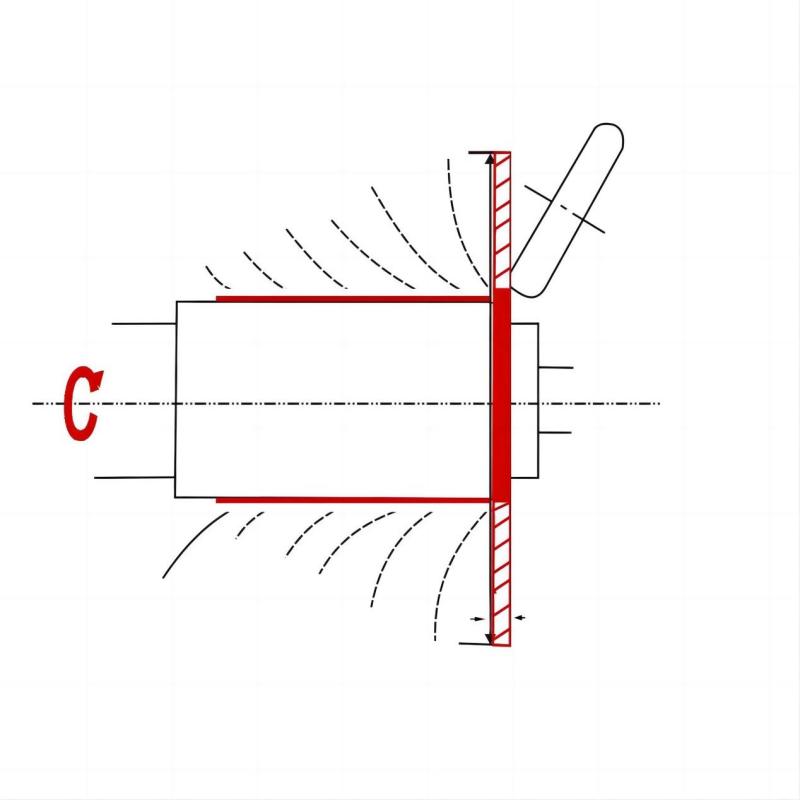
Rotor Spinning Mechanism
- Fiber Feeding: Raw fibers are fed into the metal spinning operation rotor, where they undergo a series of processes within a confined chamber.
- Fiber Opening and Airflow: Within the rotor, the fibers are opened, mixed, and subjected to controlled airflow, promoting even distribution and alignment.
- Twisting and Yarn Formation:As the rotor rotates at high speeds, centrifugal forces impart a twist to the fibers, facilitating yarn formation.
- Yarn Collection: The formed yarn is continuously drawn out of the rotor and wound onto a package, ready for subsequent processing or utilization.
Shearing Spinning: Precision in Fiber Manipulation
Shearing spinning, often known as friction spinning or air-jet spinning, distinguishes itself through its unique method of fiber manipulation. Unlike traditional spinning techniques that rely on twisting for yarn formation, shearing spinning achieves yarn cohesion through mechanical shearing forces. This innovative approach offers advantages in terms of yarn strength, uniformity, and versatility.
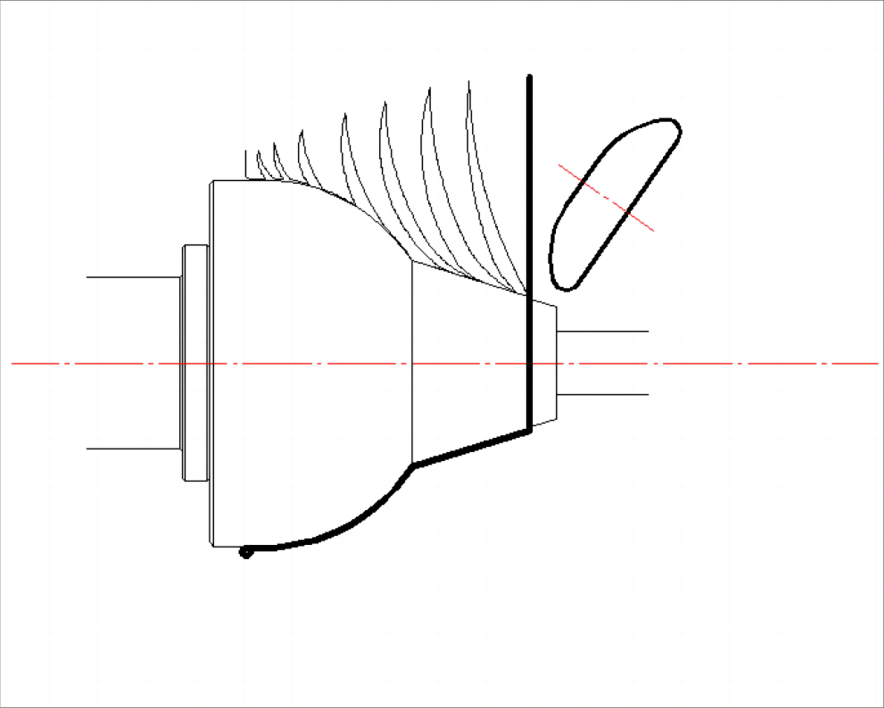
Air-Jet Spinning Process
- Fiber Preparation:Raw fibers are prepared and fed into the spinning system, where they undergo opening and blending to ensure consistency.
- Fiber Transport:The prepared fibers are transported via a high-velocity air stream to the spinning zone, where yarn formation occurs.
- Shearing and Yarn Formation:Within the spinning zone, the fibers are subjected to intense shearing forces, causing them to entangle and form a cohesive yarn structure.
- Yarn Collection: The formed yarn is collected and wound onto a package, ready for subsequent processing or utilization in textile manufacturing.
Necking Metal Spinning: Precision in Yarn Formation
Necking metal spinning, also known as neck-down spinning or draw spinning, is a specialized technique that focuses on the controlled reduction of yarn diameter at specific points along its length. This process involves carefully manipulating the yarn to achieve desired variations in thickness, strength, and elasticity, making it ideal for applications requiring tailored yarn properties.
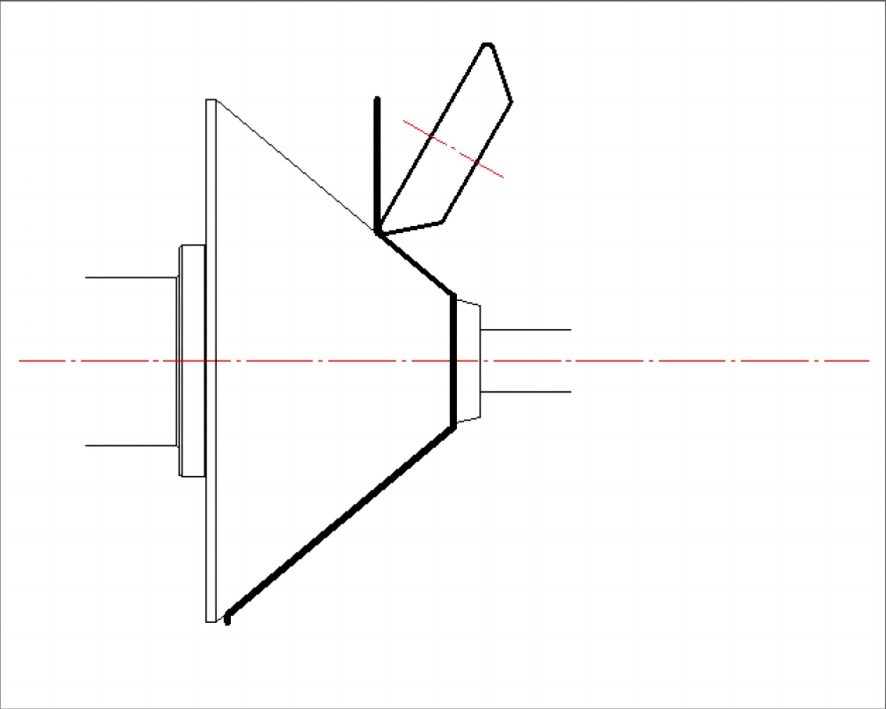
Key Components of Necking Spinning
- Drafting Zone: In this phase, the yarn undergoes controlled stretching and thinning to prepare it for the necking process.
- Necking Point: At designated points along the yarn’s length, the diameter is reduced through localized tension, resulting in a narrowed section.
- Tension Control:Precise control of tension is critical to ensure uniformity and consistency in the necking process, preventing yarn breakage or deformation.
- Final Processing: Once the desired necking profile is achieved, the yarn undergoes final processing steps such as winding or finishing before being utilized in textile production.
Expanding Spinning: Broadening Horizons in Yarn Production
Expanding spinning, also referred to as air-jet expansion or pneumatic spinning, revolutionizes traditional spinning methods by introducing a dynamic process of yarn expansion. Unlike conventional techniques that focus on compacting fibers to form yarn, expanding spinning utilizes compressed air to inflate and expand the yarn, creating unique properties and textures.
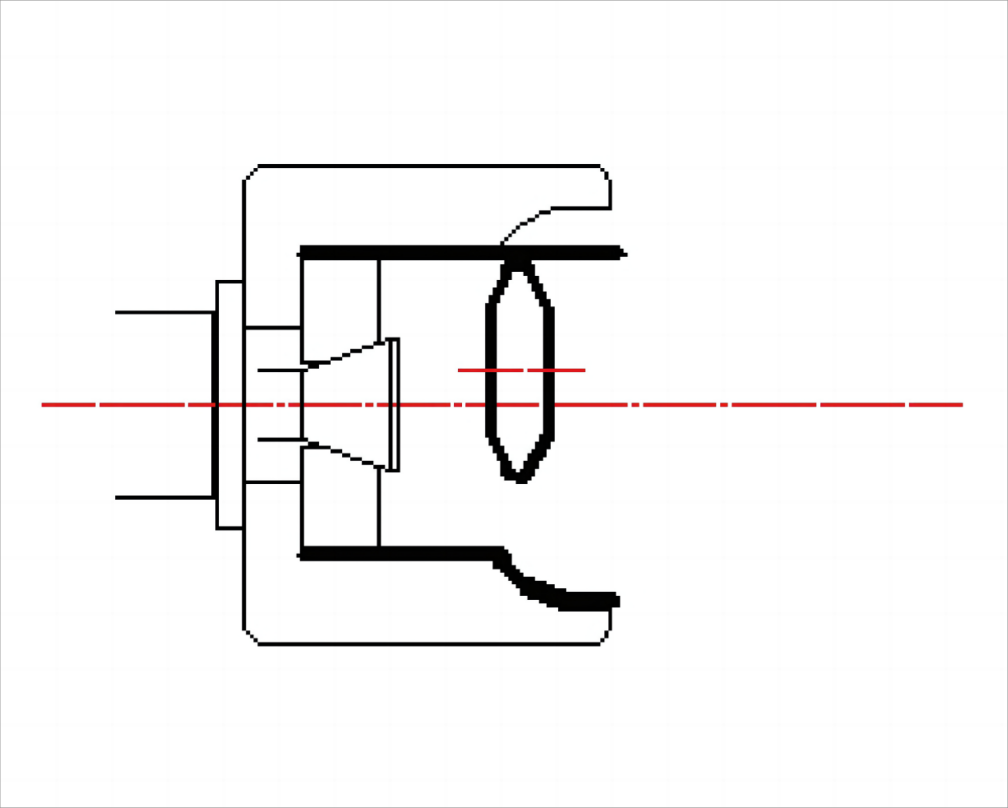
Mechanism of Expanding Spinning
1. Fiber preparation: Raw fibers are prepared and drawn into filaments suitable for spinning.
2. Air jet expansion: when the yarn passes through the spinning system. Compressed air is introduced at strategic points, causing the yarn diameter to expand.
3. Controlled expansion: Carefully adjust the degree of expansion. to achieve desired yarn thickness and texture, providing flexibility for product customization.
4. Final processing: After swelling, the yarn may undergo additional processing steps. Such as twisting, rolling or finishing to enhance its properties and appearance.
Tube Thinning Spinning: Enhancing Yarn Uniformity
Thin tube spinning, also known as capillary spinning or hollow spinning. A novel method of yarn formation is introduced by incorporating hollow or tubular structures into the yarn. The technology enables precise control of yarn density, weight and thermal properties. Opening the door to innovative applications in textiles, composites and technical fabrics.
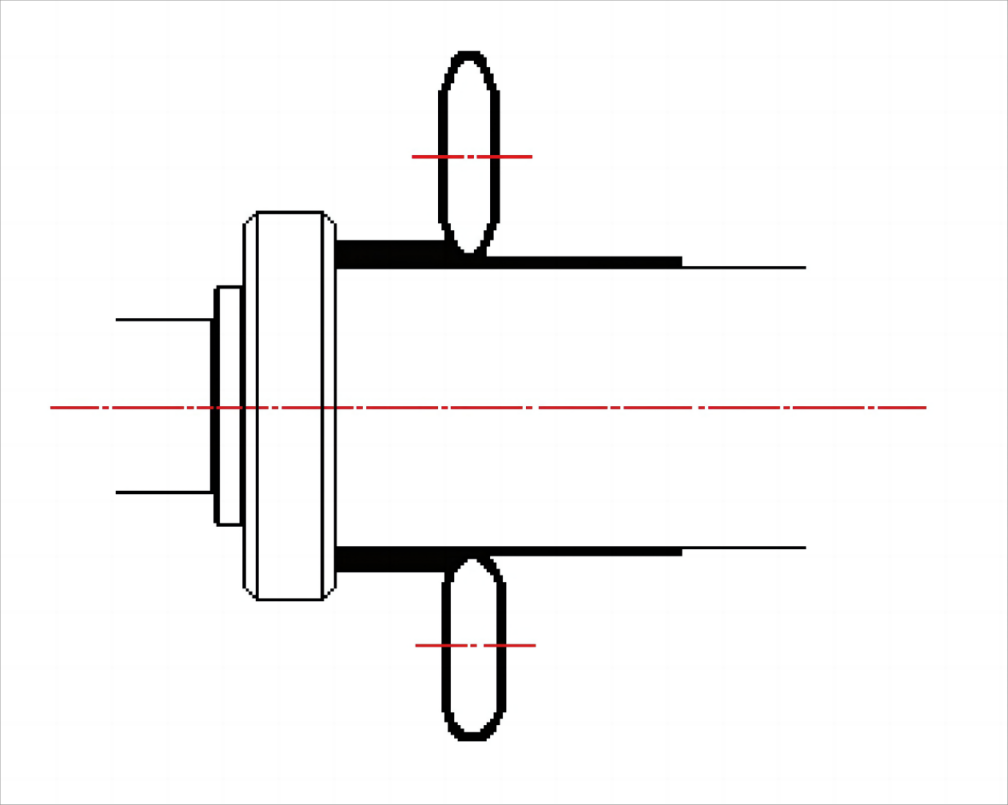
Principles of Tube Thinning Spinning
1. Hollow Structure: Spinning systems are designed to create a hollow or tubular core within the yarn. Giving it unique properties such as being lightweight and insulating.
2. Fiber deposition: The fibrils are deposited around the hollow core in a controlled manner. Ensure even distribution and adhesion.
3. Core formation: Through specialized spinning techniques, a hollow core is formed and maintained along the entire length of the yarn. thus providing structural integrity and versatility.
4. Product application: Tubular thinned yarn can be used in a variety of industries. Including aerospace, automotive and medical textiles, these industries require lightweight, durable and insulating materials.
Double Wheel Flanging Spinning: Precision and Efficiency in Yarn Formation
Double wheel flange spinning, also known as double spinning or composite spinning. Represents a complex yarn production method that combines the advantages of multiple spinning wheels. This technology processes fibers simultaneously through two spinning wheels, resulting in improved yarn quality, strength and consistency. This results in precise control of yarn properties and characteristics.
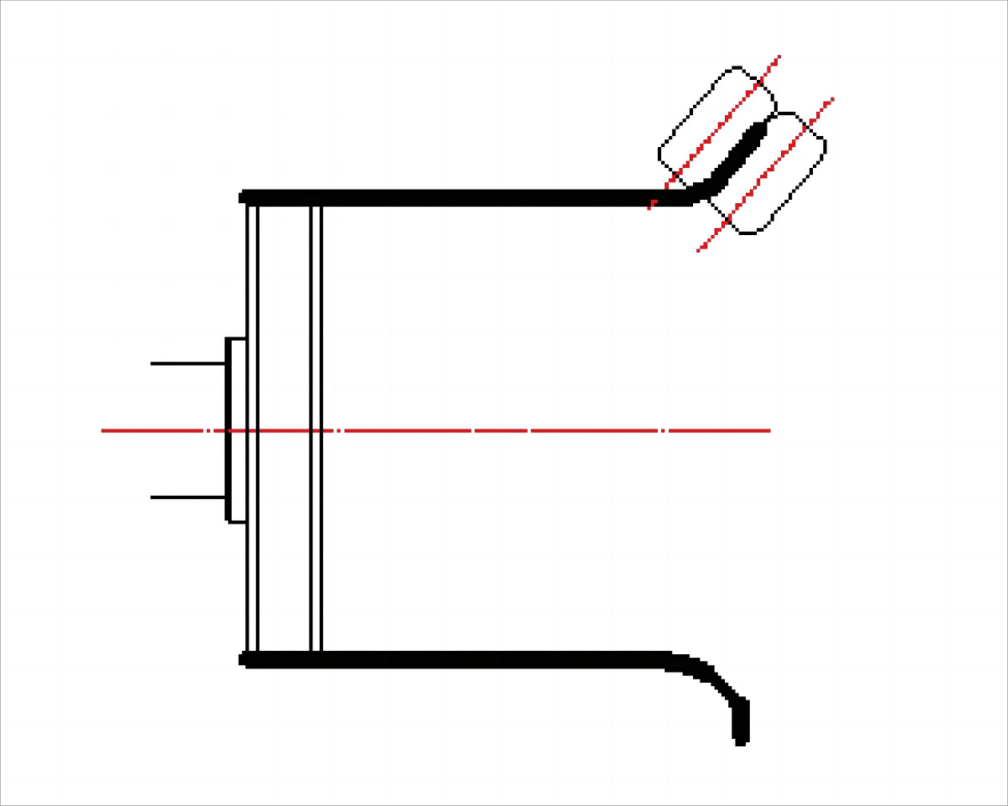
Key Components of Double Wheel Flanging Spinning
1. Double spinning wheel: The spinning system is equipped with two spinning wheels arranged in series. The fiber is passed through successive spinning stages.
2. Fiber arrangement: Raw fibers are drafted and arranged before entering the spinning wheel. Ensures even and consistent yarn formation.
3. Simultaneous processing: The fibers are processed simultaneously through two spinning wheels. This allows fine-tuning of yarn properties such as thickness, strength and twist.
4. Improve efficiency: Double-wheel flanging spinning doubles the spinning capacity. Optimize production efficiency while maintaining high standards of yarn quality and performance.
Spinning Thickness Variation: Tailored Yarn Characteristics
Spinning thickness variation is also known as yarn profile modification or gradient spinning. A customizable method of yarn production is provided by introducing controlled variations in yarn thickness along the length of the yarn. This technology enables textile manufacturers to produce yarns with customized properties such as gradient thickness, density and texture. to meet specific design requirements and aesthetic preferences.
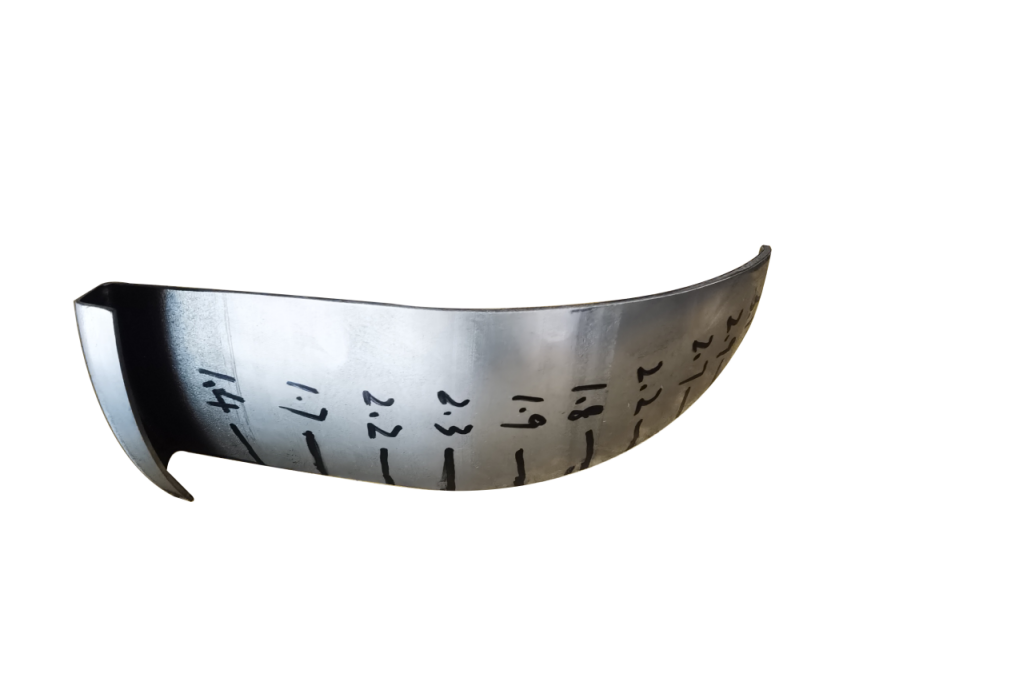
Principles of Spinning Thickness Variation
1. Variable draft ratio: The spinning system adopts a mechanism to dynamically adjust the draft ratio. This results in changes in fiber thickness and density.
2. Gradient control: through precise adjustment of drafting parameters (including speed and tension). Yarn thickness varies systematically along its length.
3. Gradient Design: Textile designers have the flexibility to create customized yarn profiles. Includes gradients, stepped gradients, and complex patterns.
4. Creative possibilities: Variation in spinning thickness opens up a world of creative possibilities in textile design. Ability to produce innovative fabrics, patterns and textures with unique visual and tactile appeal.
Beading: Adding Texture and Dimension to Yarn
Beading is a specialized technique in yarn production. It introduces irregularities or protrusions along the surface of the yarn. Creates textural effects and enhances the visual appeal of fabrics and garments. This embellishment technique adds depth, dimension and character to the yarn. Empowering designers to infuse their work with a unique aesthetic appeal.
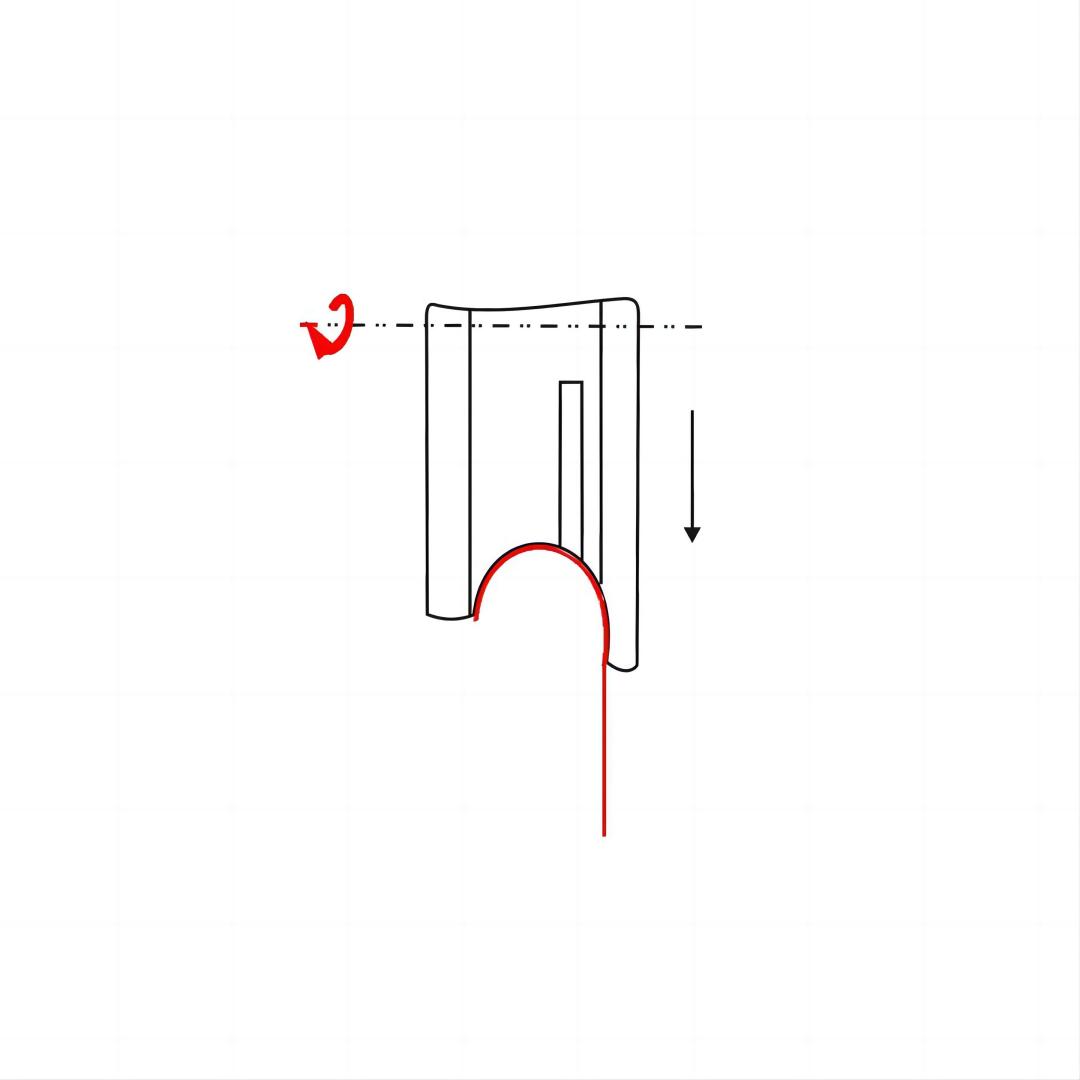
Methods of Beading
1. Bead formation: Beads are formed by introducing irregularities or bumps along the surface of the yarn during the spinning process, either mechanically or with specialized attachments.
2. Bead Placement: Beads can be strategically placed at regular intervals or in a random pattern along the length of the yarn. Offering endless possibilities for creative expression.
3. Texture effect: Beading brings tactile and visual texture to the fabric. Enhance the attractiveness of fabrics and enrich the wearer’s sensory experience.
4. Design versatility: from subtle embellishments to bold statements. Beading allows designers to experiment with various textures, shapes and sizes, adding depth and dimension to textile creations.
ALTRON: Pioneering Excellence in Spinning Technology
In the pursuit of excellence in metal spinning operation. One name stands out as a beacon of innovation and reliability: ALTRON. ALTRON is known for its cutting-edge metal spinning machinery and unwavering commitment to quality. Has become a leading manufacturer in the textile industry.
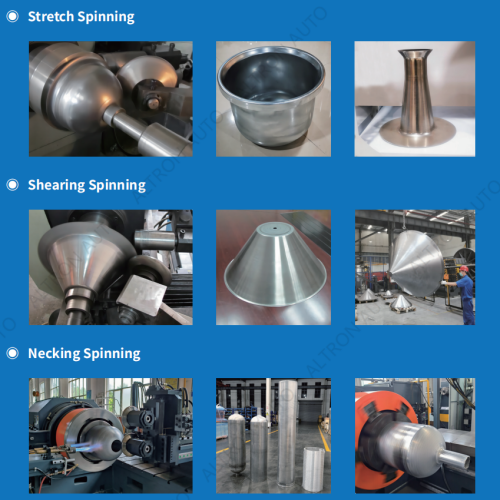
ALTRON’s Spinning Solutions
- Advanced Technology:ALTRON leverages state-of-the-art technology and engineering expertise to develop spinning machines that optimize efficiency, productivity, and yarn quality.
- Customized Solutions: ALTRON focuses on customer satisfaction. Providing tailor-made spinning solutions to meet individual customers’ unique requirements and specifications.
- Continuous Innovation:ALTRON is committed to staying ahead of industry trends and technological advancements. Invest in research and development to enhance its product offerings and maintain a competitive advantage.
Conclusion
In conclusion,metal spinning operation form the backbone of textile manufacturing, providing the essential foundation for the production of yarns used in a myriad of applications. From traditional ring spinning to innovative stretch and shear spinning technologies. Each method has its own advantages and features. With companies like ALTRON leading the way in spinning technology. The future of textile production looks brighter than ever.


